Legacy commercial Management
Honesty, Integrity, and Commitment
ABOUT US
LEGACY COMMERCIAL MANAGEMENT
Legacy Commercial Management was founded upon providing the highest standard of values and ethics to all clients and tenants we serve and take pride in the success we have achieved in our relationship with them. Legacy Commercial Management is an affiliate of Torrey Pines Property Management, a premier multi-family professional management company since 1983.
Earning the trust and loyalty of each owner and tenant is paramount to who we are and reflected in our work. We understand the challenges of operating a business in today’s environment which is why our experienced team is here to assist you. We oversee and manage each property as if it were our own, providing you with the utmost reassurance that your property is in great hands.
legacy commercial
Our Team
Our goal is to effectively manage by maintaining open communication with our clients, tenants, and vendors in order to increase occupancy, reduce costs, and add value through creative and strategic management plans.
WORK WITH US
Our Services
Selecting the right commercial property management company is one of the most important decisions an owner/investor can make. All of us at Legacy Commercial Management Co. understand how difficult it can be to hire the right property management company for your investment. Legacy Commercial Management is relationship driven, committed to delivering the highest level of expertise and professionalism so you can rest easy knowing your property and tenants are in good hands.
THE OWNER PORTAL
SIMPLIFIED & SECURED PAYMENTS
Make payments from the mobile-friendly Online Portal. Directly send funds for owner contributions, including emergency maintenance repairs, renovations, or reserves via eCheck or Debit Card.
ENHANCED COMMUNICATION
Stay connected and informed with built-in messaging, notifications, and emailing tools, all with fully mobile functionality to simplify collaboration.
24/7 ACCESS & PROPERTY INSIGHTS
Get on-demand access to financial statements, monthly summaries, year-end tax statements, and important documents from anywhere using our robust mobile capabilities.






